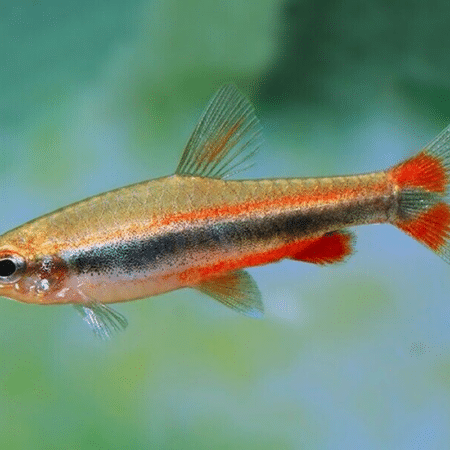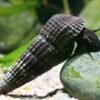-
×
 African Dwarf Frog – Hymenochirus sp FRESH WATER FROG, How to Care for Your Pet Frog, Tips for Setting Up the Ultimate Frog Habitat in Your Home Aquarium, Easy Care Guide for New Owners
1 × £4.50
African Dwarf Frog – Hymenochirus sp FRESH WATER FROG, How to Care for Your Pet Frog, Tips for Setting Up the Ultimate Frog Habitat in Your Home Aquarium, Easy Care Guide for New Owners
1 × £4.50 -
×
 2 X WHITE PLATINIUM ANGELFISHMIX MALE AND FEMALE ANGEL SIZE 2-4 CM, Stunning Colorful Angelfish, Perfect Companions for Planted Tanks and Easy Aquarium Care, Enhance Your Aquarium with Beauty
1 × £29.99
2 X WHITE PLATINIUM ANGELFISHMIX MALE AND FEMALE ANGEL SIZE 2-4 CM, Stunning Colorful Angelfish, Perfect Companions for Planted Tanks and Easy Aquarium Care, Enhance Your Aquarium with Beauty
1 × £29.99 -
×

-
×

-
×
 Assorted Colour Vampire Crab Geosesarma Sp 2-3Cm
1 × £8.71
Assorted Colour Vampire Crab Geosesarma Sp 2-3Cm
1 × £8.71 -
×

Subtotal: £152.55











Emily Carter (verified owner) –
I recently purchased 10 (Ten) X Planorbella Duryi (Ramshorn Snail) for my planted aquarium, and I couldn’t be happier! These little guys arrived promptly and in perfect health. After just a week, they have settled in beautifully, grazing on algae and leftover food, which has really helped maintain my tank’s cleanliness. I love watching them glide around, and their unique spiral shells add a charming touch to my aquarium.
Compared to other snails I’ve had in the past, like mystery snails, these Ramshorns are much more efficient at algae control and are quite hardy. They seem to thrive in a range of water parameters, making them perfect for both beginners and seasoned aquarists. I did notice they prefer a tank with some hiding spots, so I added a few plants and rocks, which they appreciate.
For anyone looking to enhance their aquarium’s ecosystem or manage algae, I highly recommend these snails. They’re not only beneficial but also bring a calming presence to the tank. Just ensure your water conditions are stable to keep them thriving. I’ll definitely be buying more in the future!
Emily Carter (verified owner) –
I recently added 10 Planorbella Duryi (Ramshorn Snails) to my 30-gallon freshwater aquarium, and I couldn’t be happier! These little guys have not only enhanced the natural beauty of my tank but also seem to thrive happily among my peaceful community fish. After about two weeks, I’ve noticed them doing a fantastic job of controlling algae without disturbing any of my fish or plants, which was a concern I had when considering snails.
Compared to other snails I’ve tried, like the Mystery Snail, the Ramshorn Snails are much more social and active, gliding along the glass and decor, delighting everyone who stops to watch. Their unique spiral shells add such an interesting visual element too! My only minor concern is that they can reproduce quickly, so keeping an eye on their population is essential.
For anyone looking to enhance their aquarium’s ecosystem with easy-to-care-for freshwater snails, I highly recommend these Ramshorn Snails. They’re perfect for beginners and experienced hobbyists alike! I’m already planning on purchasing more once I set up my next tank. Shipping was fast and they arrived healthy and lively, which I always appreciate. A great addition to any tank!